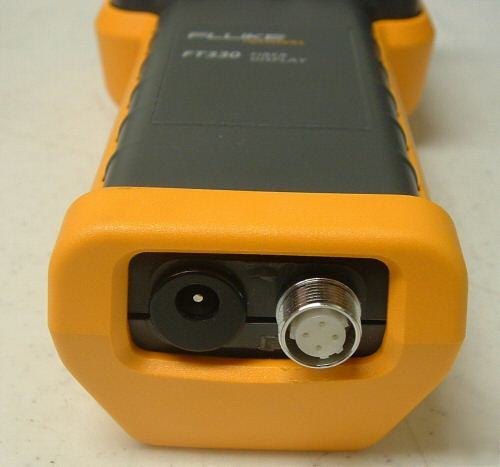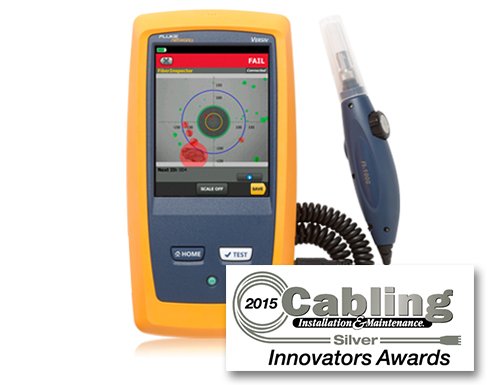
- #Fluke network inspector cracked#
- #Fluke network inspector Patch#
- #Fluke network inspector portable#
If necessary, repeat your cleaning steps to remove any lingering soils not removed by the first cycle.įluke Networks’ fiber microscopes will allow you to avoid the most common problem with fiber networks. Kits offered by Fluke Networks contain everything needed for precision cleaning of end-faces on connectors and inside ports.Īfter cleaning, always inspect the end-face again before insertion to guarantee all contaminants were removed. Do not use isopropyl alcohol (IPA) as this chemical can leave a residue as it dries. Fiber optic solvent is required to dissolve certain contaminants and to act as a lubricant so that debris does not scratch the end-face as it is removed. Proper cleaning products and procedures are a requirement as improper processes are not only ineffective, but also potentially damaging.Įffective fiber optic end-face cleaning involves two key components: specialized solvent and wipes or swabs. Once contamination has been discovered using a fiber microscope, it is crucial that it be properly removed to avoid creating more problems. Cracks can spread, making the end-face unacceptable.
#Fluke network inspector cracked#
Solution: If the end-face is cracked or shattered, then re-terminate the fiber. Solution: If the end-face is scratched, has polishing debris or has excess epoxy bleed, then repolish it with fine lapping paper until visual inspection shows scratches and debris gone. Scratched and epoxy bleed fiber end-face?

If chips are beyond acceptable limits, the fiber should be re-terminated. Any chips on the fiber core are not acceptable. Solution: Visually determine if chips are within acceptable limits, up to 5% of the outside edge of the fiber cladding generally may be chipped, as this is a common result of the polishing process. Some damage may be minor enough to ignore while other problems require complete re-termination. When damage is observed upon inspecting an end-face, it must be determined what needs to be done, if anything. With a range of standard and accessory inspection probe tips, end-faces can be inspected when using many different connector types, including LC connectors. Extend battery life in the grip trigger mode, when the device only shows images when squeezing the sides of the display. The fiber inspection device displays exceptionally sharp images on its 1.8” screen.
#Fluke network inspector portable#
Its miniature size makes the FiberInspector Mini fiber inspection scope extremely portable and convenient. Using a fiber optic inspection video microscope also completely ensures that no harmful laser light ever reaches your eyes.
#Fluke network inspector Patch#
Simply insert the fiber inspection probe and inspect installed fiber connectors through the bulkhead adapters without accessing the backside of the patch panels. This portable video microscope works ten times faster than traditional fiber optic inspection scopes. The Fluke Networks FiberInspector Mini fiber optic video microscope puts the solution to contaminated end-faces in the palm of your hand. It is critical that all optical connections are clean and free of contaminants to ensure application success. Today's network applications require more bandwidth, making loss budgets tighter than ever. Dirt, dust and other contaminants are the enemy of high-speed data transmission over optical fiber.


Avoid the #1 cause of fiber link failure: dirty end-faces. Use FiberInspector™ Mini fiber inspection scope to probe installed fiber terminations or ensure terminations are smooth and clean.


 0 kommentar(er)
0 kommentar(er)
